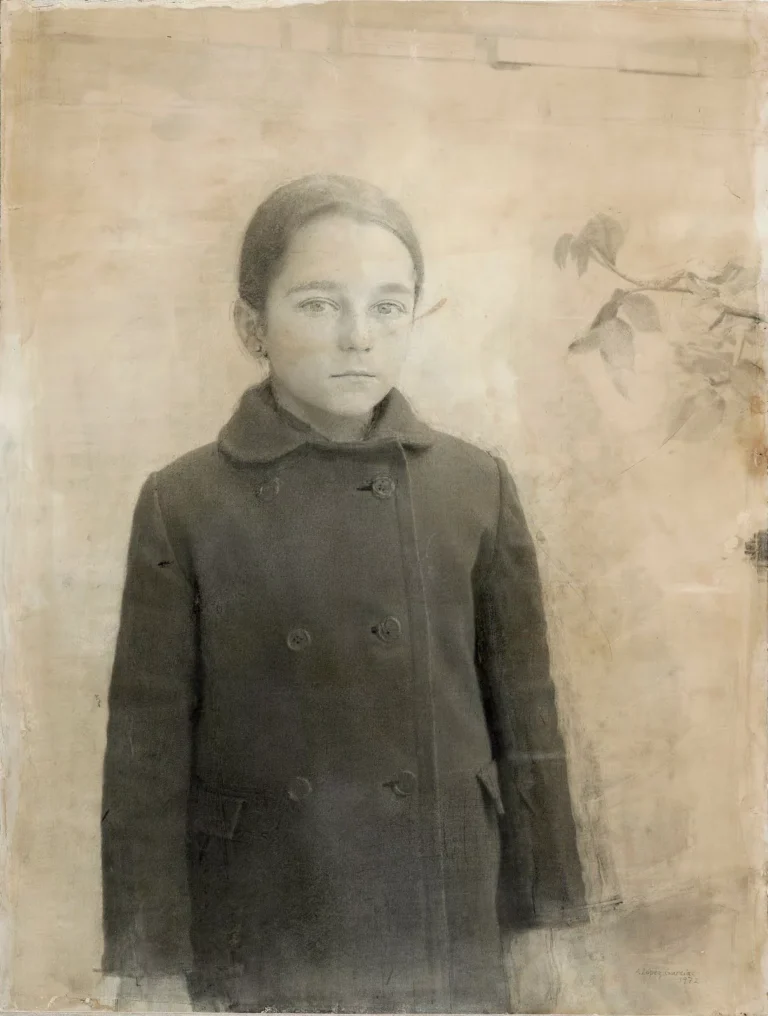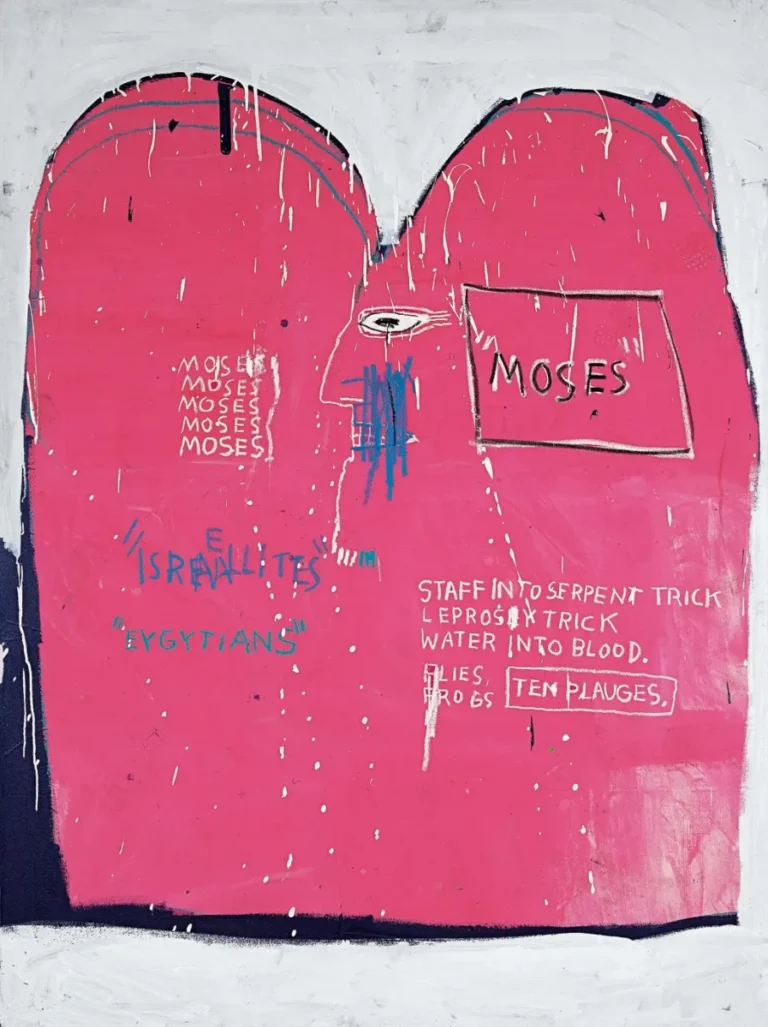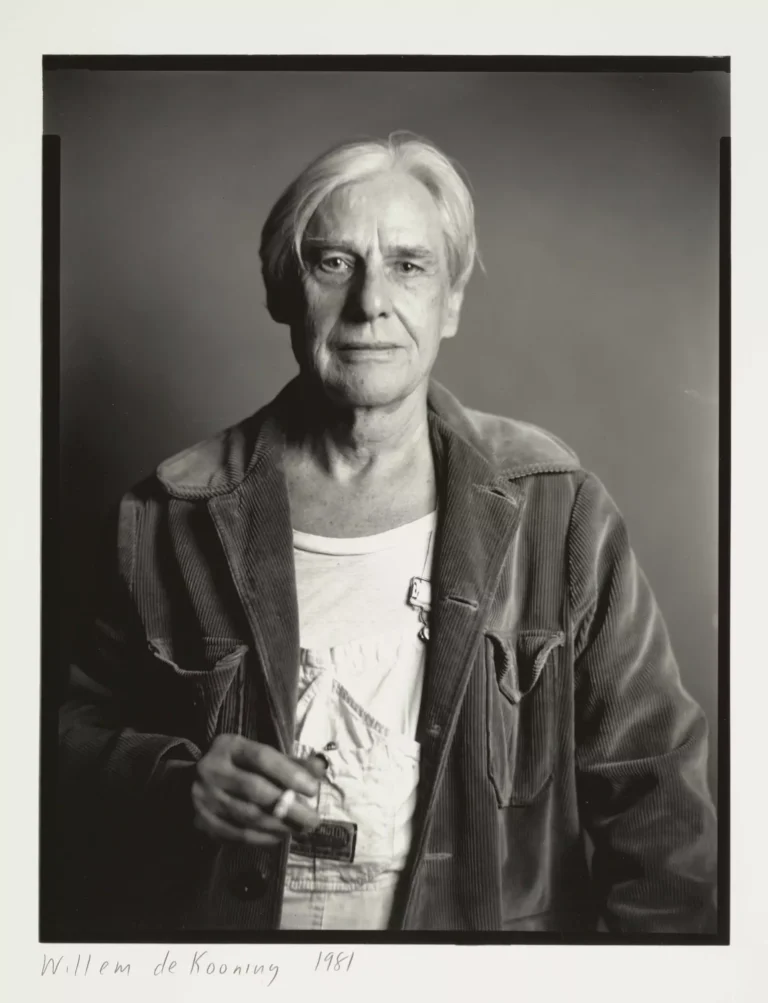Looking for a muse? Check no further. Discover the Best of Art, Culture, History & Beyond!
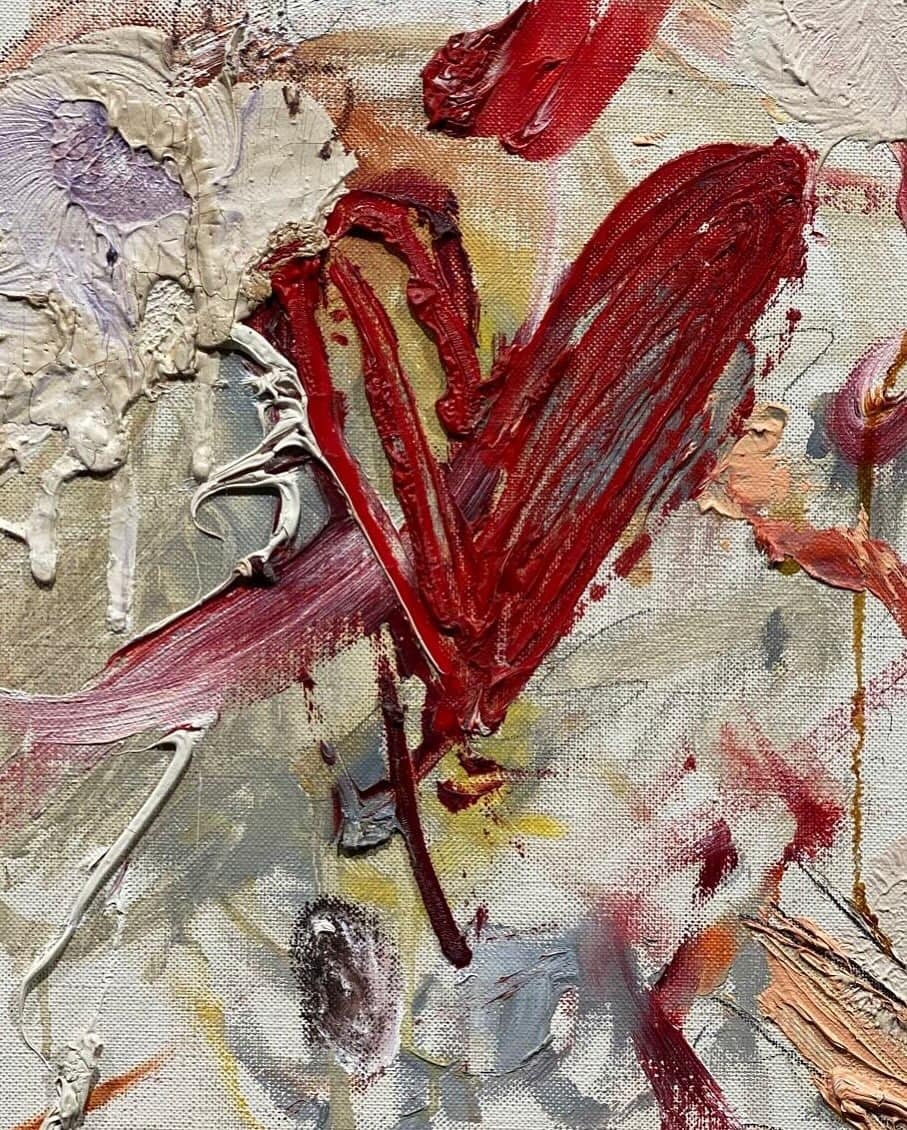
Cy Twombly is an artist who defies easy categorization. His work exists in a space between painting and poetry, between ancient history and modern abstraction. To some, his canvases appear as mere scribbles and drips—art that a child could make. To others, they are profound meditations on time, language, and emotion. For me? I love Cy Twombly.
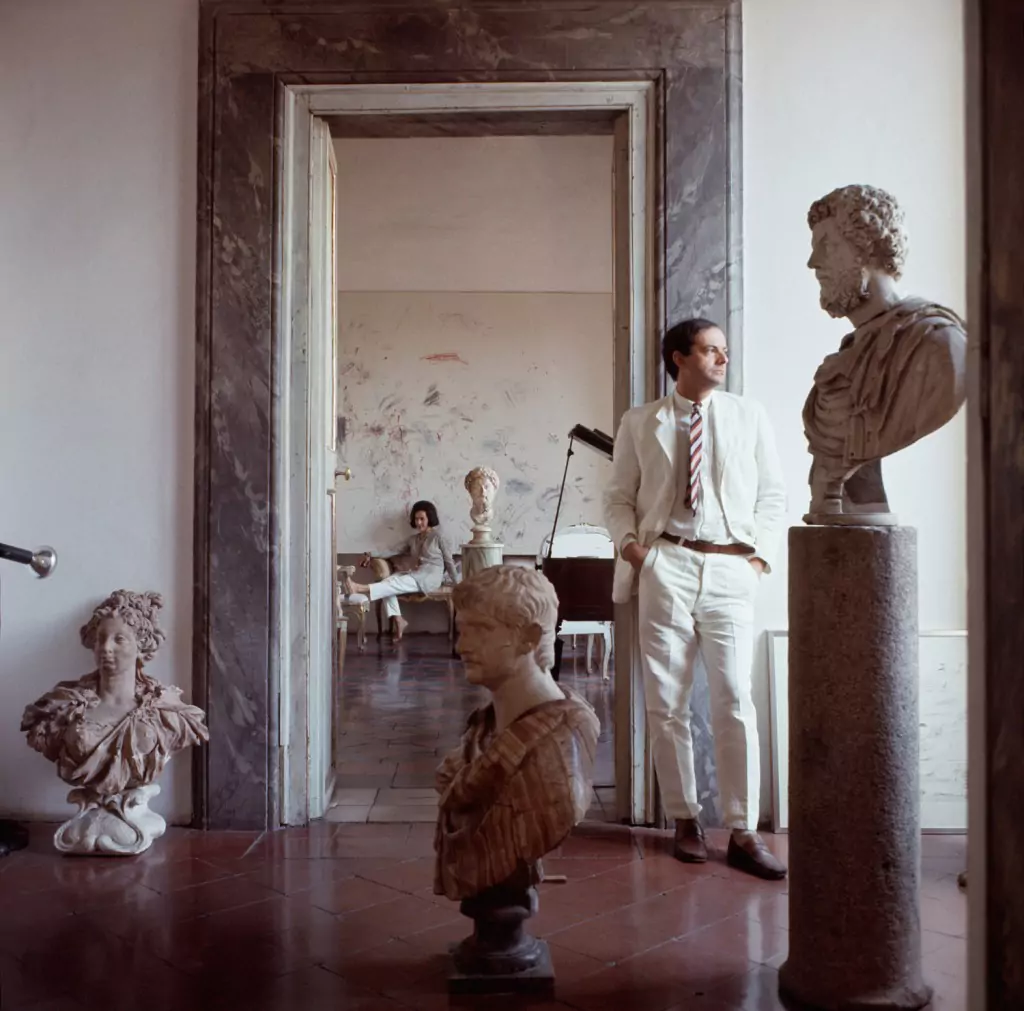
A Language of Gesture
One of the most captivating aspects of Twombly’s work is his use of gesture. He doesn’t paint in the traditional sense; he inscribes, scratches, and scrawls across the surface. His paintings are filled with energy, yet they often feel deeply intimate, as though we are reading the thoughts of an ancient poet whispered across time. His marks are not random—they are deliberate, evocative, and deeply personal.
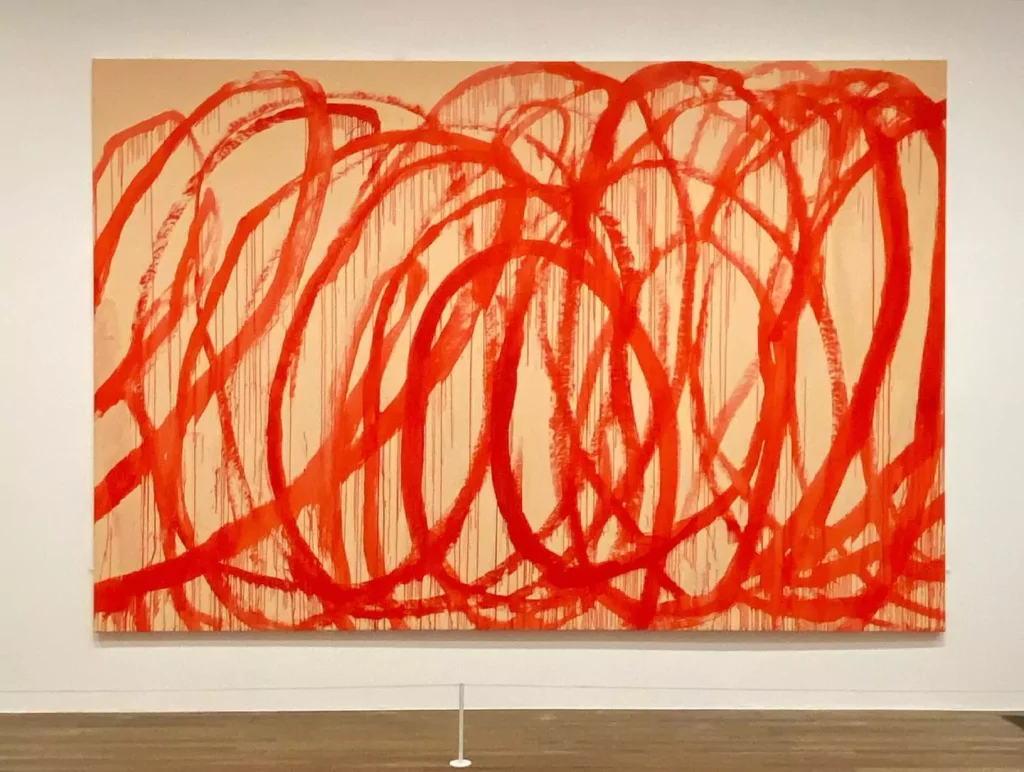
The Poetic Influence
Twombly was an artist of words as much as images. He frequently incorporated fragments of poetry into his paintings, drawing from figures like Rainer Maria Rilke, Stéphane Mallarmé, and Sappho. These textual elements, often half-erased or barely legible, act as echoes of the past, inviting viewers to linger in their ambiguity. His work is not just visual; it demands to be read, deciphered, and felt.
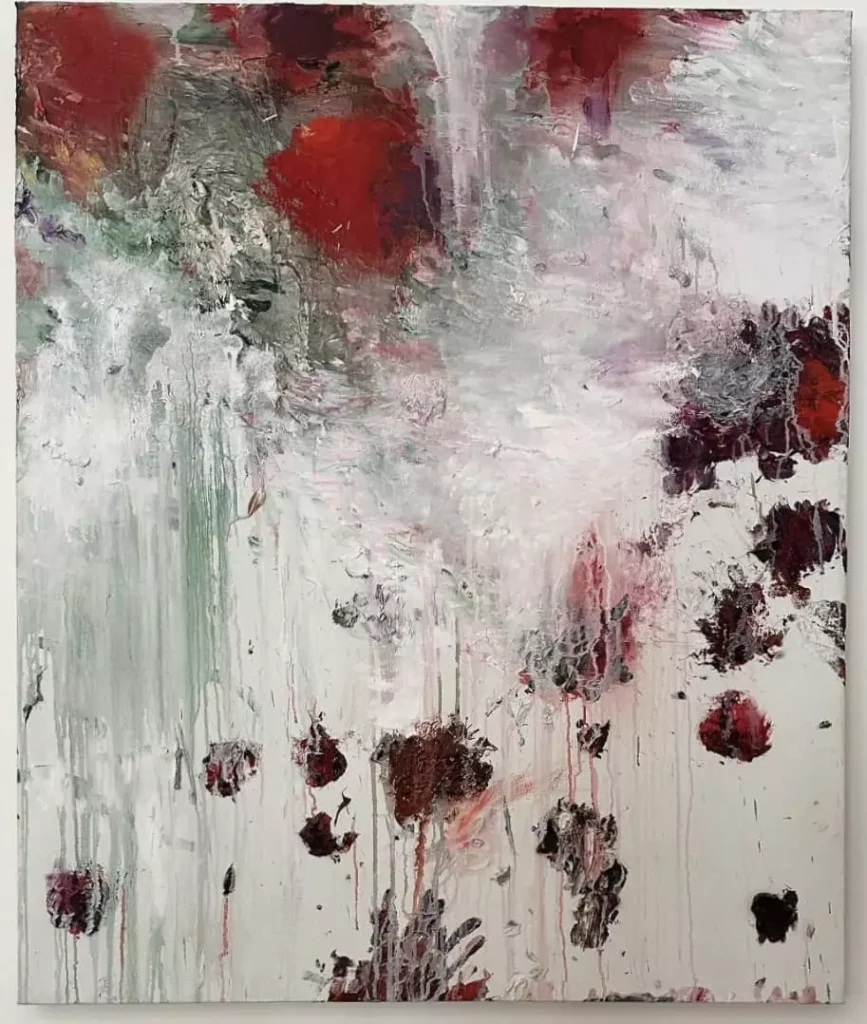
A Love Affair with History
Many of Twombly’s paintings reference classical mythology, ancient battles, and legendary lovers. He was fascinated by figures like Achilles, Orpheus, and Bacchus, infusing his work with a sense of timelessness. His ‘Leda and the Swan’ series, for instance, reinterprets a myth told for centuries, distilling it into a whirlwind of raw emotion and movement. His ‘Fifty Days at Iliam’ series transforms Homer’s Iliad into an abstract epic of paint, passion, and violence. In Twombly’s hands, the past never feels distant—it feels alive, urgent, and immediate.
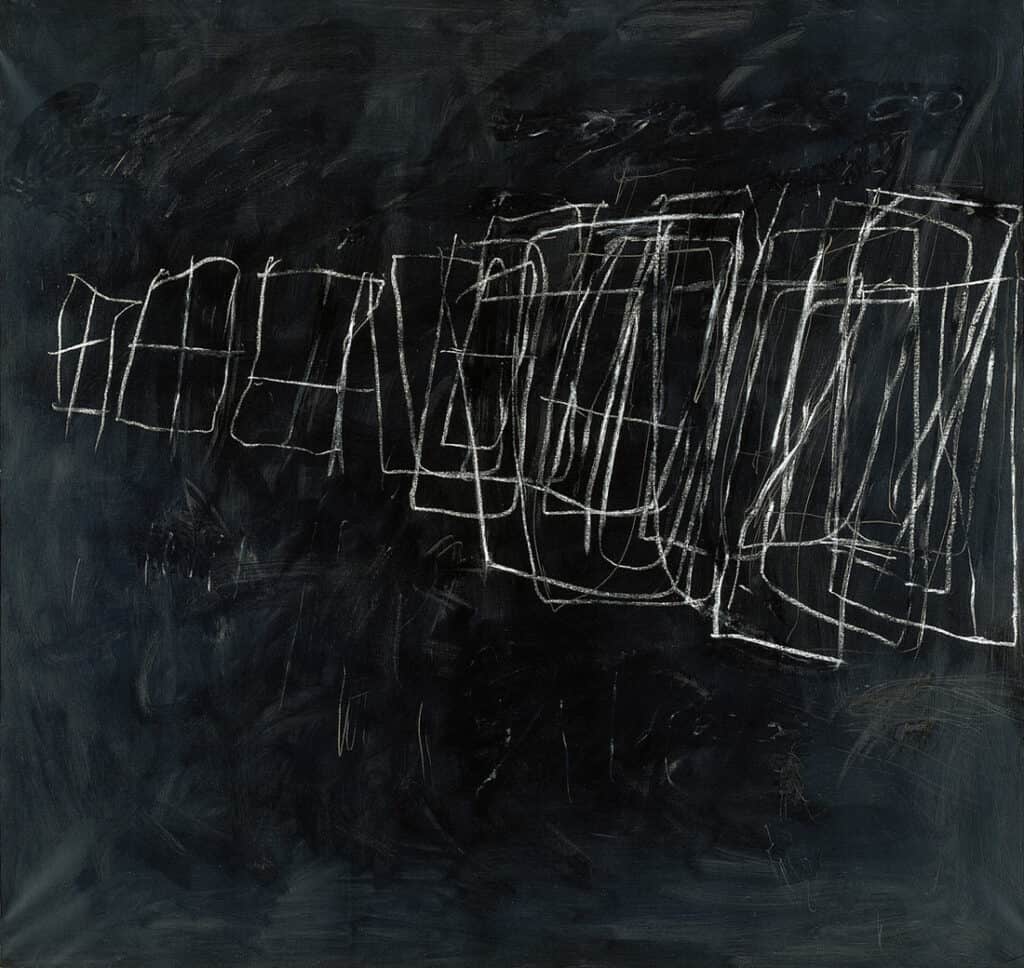
Color and Emotion
Twombly’s color palette varies dramatically throughout his career. His early works feature soft, muted tones, almost ghostly in their restraint. Later, his canvases explode with vibrant reds, deep blues, and dripping yellows. His ‘Bacchus’ series, for example, is a celebration of excess, a furious storm of red loops that feel both chaotic and divine. Color in Twombly’s work is never decorative; it is emotional, visceral, and poetic.
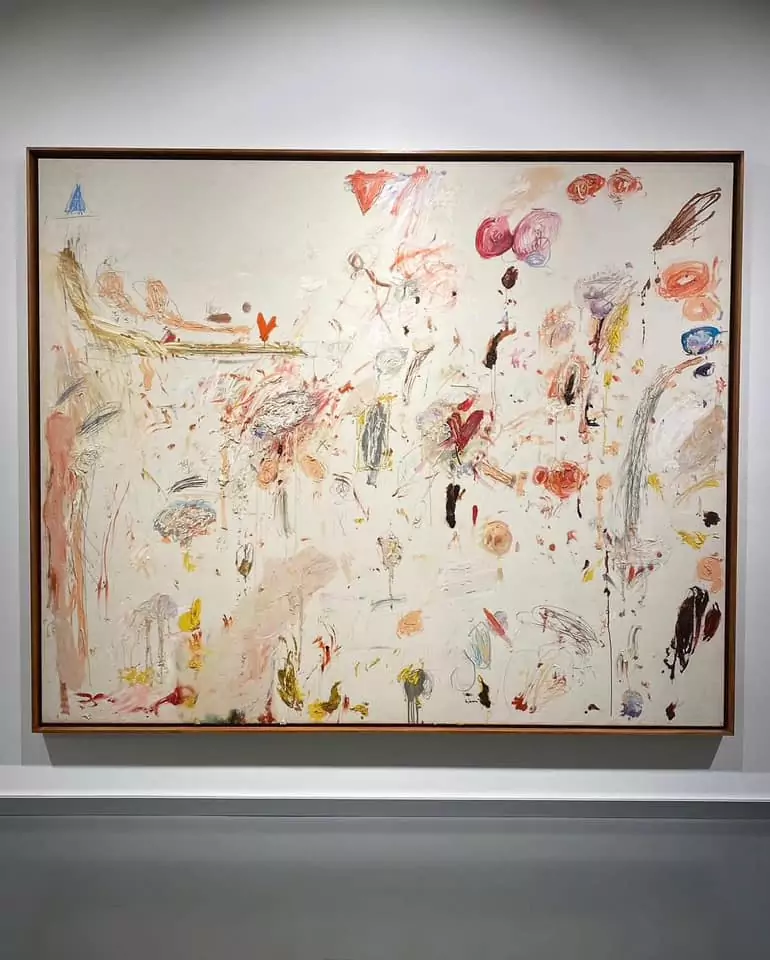
So why do I love Cy Twombly? Because his paintings don’t just hang on walls—they breathe, they whisper, they move. They embrace contradiction: they are both minimal and maximal, ancient and modern, chaotic and deeply intentional. His art does not offer easy answers; it invites us into a dialogue, asking us to engage, to question, and to feel.
To stand in front of a Twombly is to feel the weight of history and the urgency of the present all at once. It is to witness the raw power of the human hand in motion. It is to experience poetry without words. And for that, I love Cy Twombly.

This article is published on ArtAddict Galleria, where we explore the intersections of art, history, and culture. Stay tuned for more insights and discoveries!
